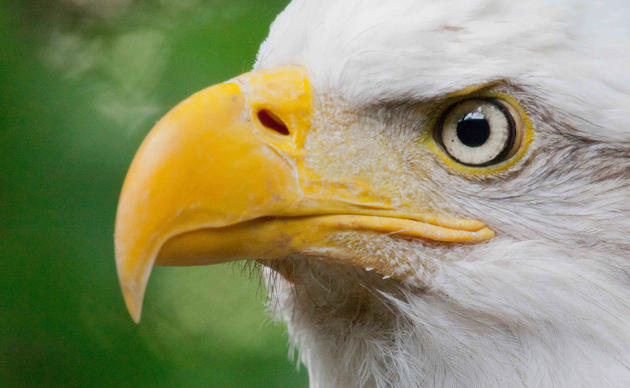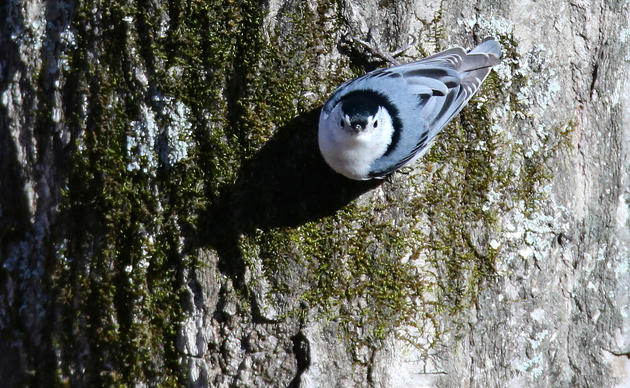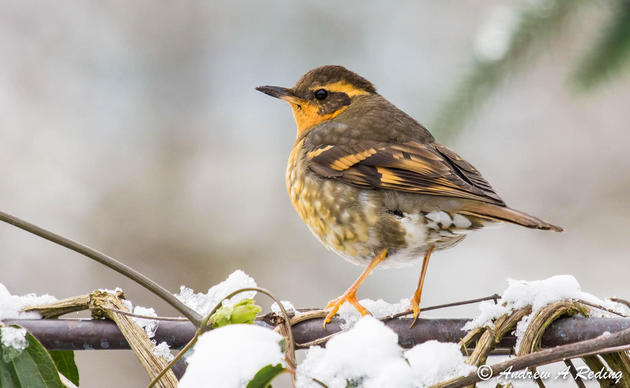The black eyes glared right at me, a penetrating stare that seemed to pierce my flesh. He then opened his mouth while flexing up his shoulders and leaning toward me. His red epaulets glowed in the sun as his song rang out, a sharp two whistles followed by a trill that lasted about a half-second and then another whistle. At the same time, he expanded his tail and flared his wings slightly, all the while those eyes scowled.
I stood only twenty feet from him, amazed that this male Red-winged Blackbird seemed to be threatening me as if I was an intruder into his world. He sat on the top of a cattail, his feet gripping the brown cylindrical spike that had been the plant’s flowers. It was early June and one of my first trips to a suburban park since the Governor asked folks in March to stay at home. The COVID19 pandemic had gripped the country. It had been ten minutes since I walked over to this marsh at Union Bay in Seattle, and he initially paid me no heed. By now, his females would have produced their first brood, and he might be courting ones for a second attempt.
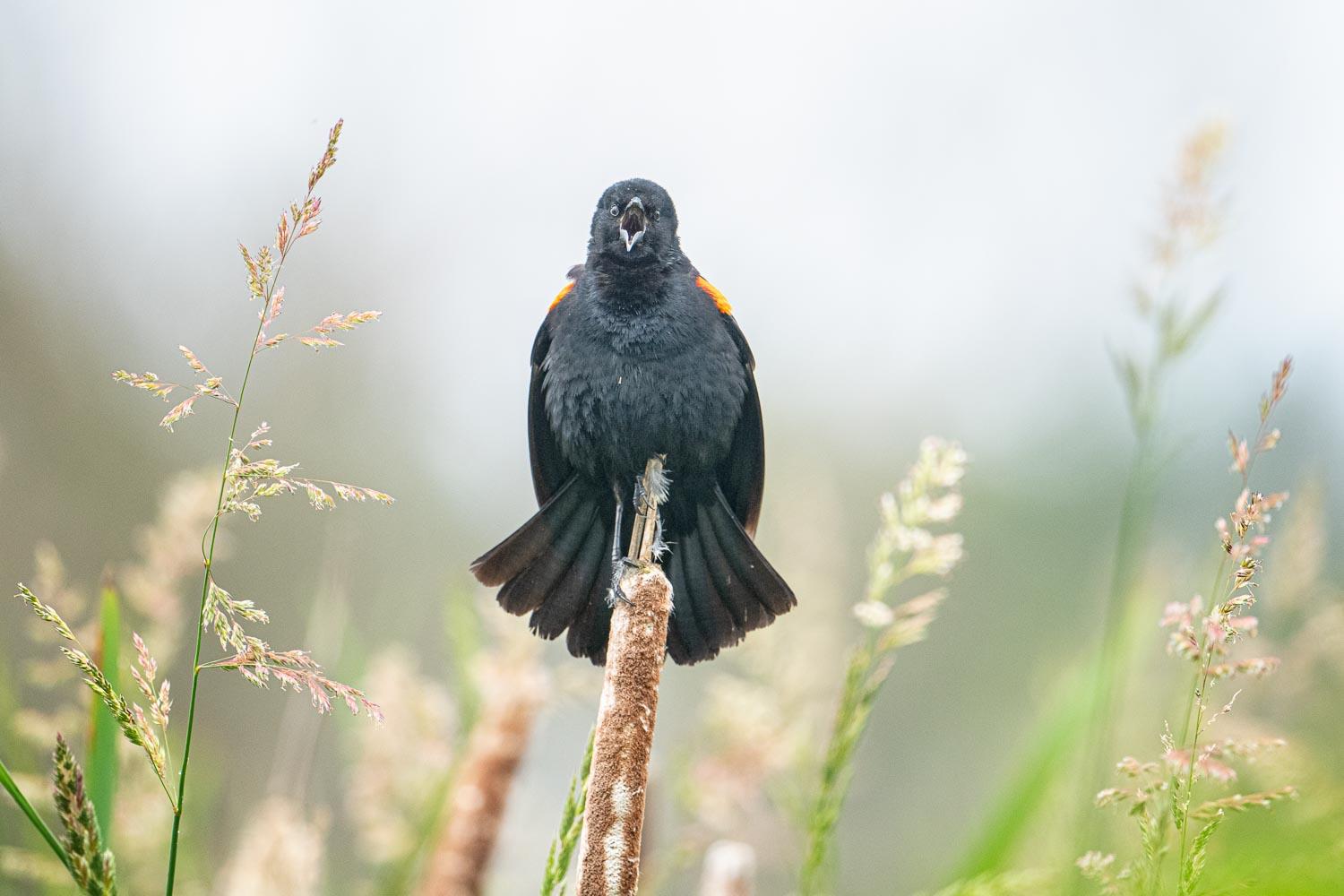
He looked over his right shoulder and back across his marsh. Males defend a territory, and if their area has good nesting sites and suitable food sources, they may attract more than one female. Scientists have found males with as many as fifteen females in their harem, but two to five seems much more common. Females' reproductive success doesn't seem to be hurt by joining a harem, and anyways, they may go elsewhere to fertilize their eggs. What appears critical in their choice is that it’s a good place to build their nest, one that is protected from predation and disturbance.
The male’s primary job is to defend a patch of cattails from other male blackbirds, from predators, from critters like me that might disturb the nesting females. The word “defend” ran through my mind. It seemed appropriate right then. Washington state had begun to open back up from the coronavirus lockdown. I needed a plan to start moving outside my house without catching the virus. But countering the despair that had filled me seemed equally important. The lockdown had meant isolation, no face to face with friends, no plans to see family, canceled dreams for the coming months. The seclusion had zapped my motivation, my enthusiasm for much of anything. Much of my time had been spent staring out the window or watching the same movie over and over again.
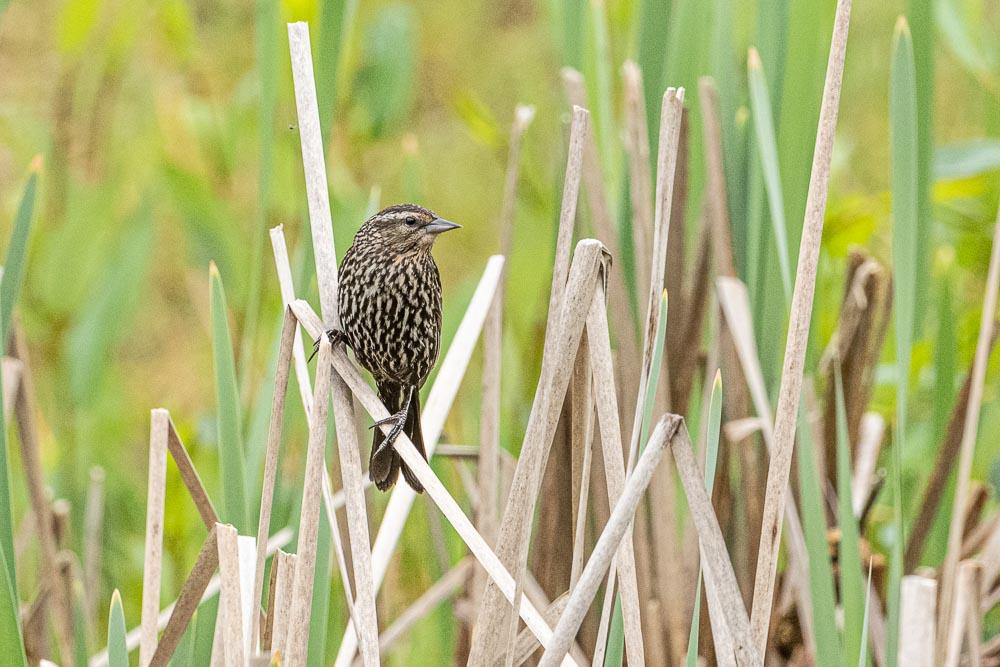
This red-wing stood tall on the cattail, looking one way and then another. He was exposed to the open and yet didn’t seem afraid. Not a quarter-mile away was an active Cooper's Hawk nest. These hawks specialize in capturing birds, and this blackbird would make the perfect meal. The red-wing must protect himself but also keep an eye out for his females. Male blackbirds in an area work together in watching for predators. Ornithologists have discovered that they change their calls when they see danger, and then all the males will take up that new call. It is the change that signals the threat and not the call itself.
Males will mob an American Crow or Red-tailed Hawk until they chase it out of the area and attack Great Blue Herons. All these birds represent threats to adults, nestlings, or eggs. It is a joint effort that helps each be successful. He left his perch and flew a low circle over his marsh. The blackbird landed on a far cattail, and there, he let out his conk-la-ree song while looking over his wetland. Content and assured was what he appeared to me.
A sense of hope welled up in me. This male looked confident about the future. Perhaps if he can beat the odds, so can I. With some diligence and help from others, we can defend ourselves from the virus and the despair that it has brought to our lives.


